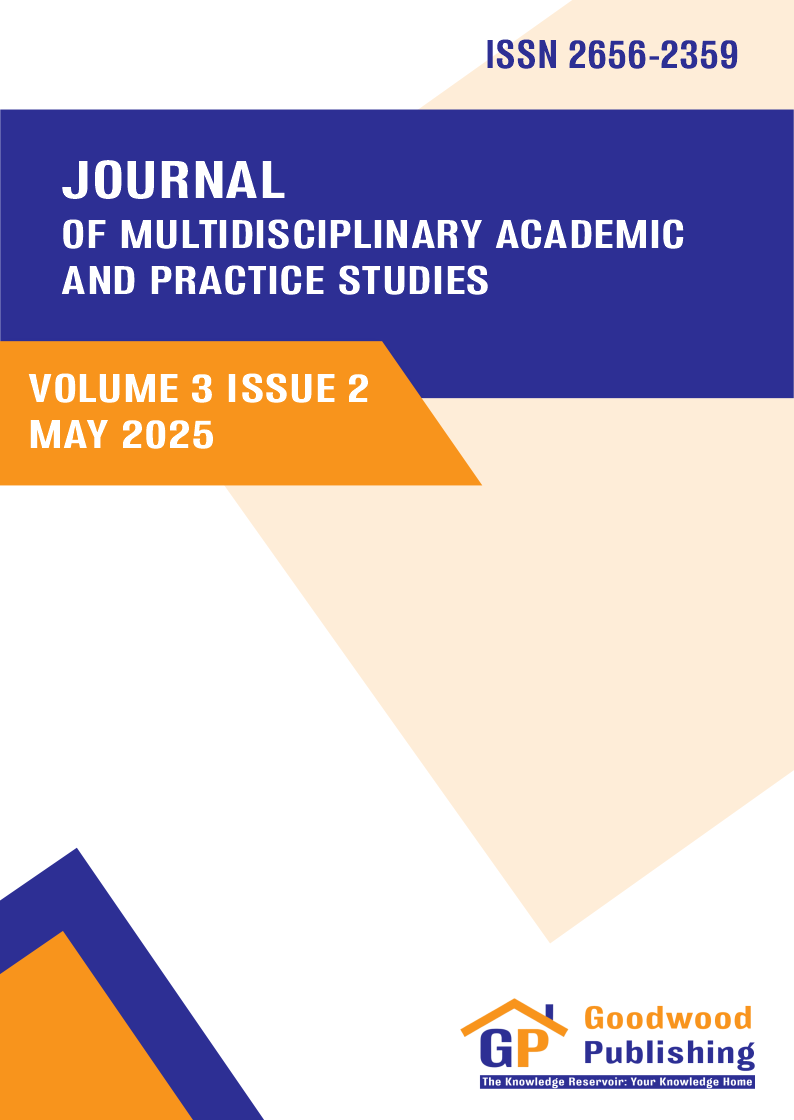Analysis of the efficiency and effectiveness of the budget for the DPR's aspirational funds in Mimika Regency
Abstract:
Purpose: This study aims to evaluate the efficiency and effectiveness of the DPRD’s aspirational funds (Pokok Pikiran) in Mimika Regency, particularly in enhancing public welfare and assessing whether the use of these funds aligns with regional development priorities.
Research/methodology: The research applies a descriptive quantitative approach using both primary and secondary data. Primary data were collected through structured questionnaires distributed to the local community and interviews with stakeholders in the DPRD and local government. Secondary data included budget realization reports and financial documents from 2022 to 2024. The analysis employed ratio-based measurements to determine the levels of effectiveness and efficiency.
Results: The results showed that the average effectiveness of the DPRD's Pokok Pikiran funds reached 95.3%, indicating that the allocated budgets were largely realized. However, the efficiency analysis revealed a declining trend in the proportion of Pokok Pikiran within the direct spending budget from 5.6% in 2022 to 2.89% in 2024 despite increasing overall regional expenditure. Furthermore, many programs, such as housing construction, had limited impact on broader public welfare, raising concerns about the strategic alignment of the funds.
Conclusions: Although the DPRD’s aspirational funds in Mimika Regency were effectively realized, their efficiency in improving public welfare remains low due to limited impact and misaligned priorities. Better targeting and strategic planning are needed to enhance their usefulness.
Limitations: This study is limited by its focus on a single region and a short three-year timeframe. It also does not incorporate a comprehensive impact assessment from beneficiaries, limiting insights into long-term welfare outcomes.
Contribution: This study provides empirical evidence on the fiscal management of legislative aspirational funds and highlights the gap between budget execution and public benefit. It contributes to policy recommendations for improving the prioritization, transparency, and social impact of DPRD fund allocations in decentralized governance settings.
Downloads

This work is licensed under a Creative Commons Attribution-ShareAlike 4.0 International License.

